Building a Sustainable Community, One Sip at a Time: Discover Ozu Refeel Water

As Ozu City, which aims to create a sustainable city, we are working as the Ozu Refeel PROJECT, taking water resources and CO2 emissions into account, procuring water resources from nearby areas, and considering a consumption cycle that does not consume large amounts of plastic and PET bottles. I decided to start.
-
Table of Contents
- What is Ozu Refeel Water?
- Shikoku water “Zokkon Shikoku”
- Regarding the use of Ozu Refeel Water
What is Ozu Refeel Water?
Japan is a country surrounded by the ocean on all sides, boasts stable rainfall, and has abundant water resources. Despite this, it is also a country that imports a large amount of water resources from overseas. It is not a direct import of water, but is incidental to the import of food and drinking water. The production and transportation process of imported food and drinking water requires vast amounts of water resources. Japan, which is supposed to be a country of water, indirectly consumes a lot of water resources from other countries. In some countries where food and drinking water are exported, depletion of water resources is a problem. In addition to water resources, research has shown that the CO2 emissions from the entire manufacturing process are 100 times different between water from a plastic bottle and water from a purified tap. What is cheap and convenient for us to consume does not necessarily mean that it is a sustainable approach for everyone. In 2022, approximately 12,000 plastic bottles were purchased at Ozu City's Machi-no-Eki Asamoya (2022 results). It's hard to understand on a daily basis, but 12,000 plastic bottles worth of garbage is a huge amount. Even within a small area of Ozu City, there is great significance in having people use their own bottles instead of plastic bottles. We aim to optimize the use of high-quality water in nearby locations, hoping that if we can reduce water resources and CO2 emissions associated with plastic bottle sales and transportation, and provide an opportunity to think about sustainability even in small ways. We would like to deliver it to everyone in a unique form.
The production and transportation of imported food and drinking water requires huge amounts of water resources. Thus, Japan, which is supposed to be a water-rich country, indirectly consumes a large amount of water resources overseas. In some regions of countries that export food and drinking water, the depletion of water resources is a problem.
In addition to water resources, some research has shown that the amount of CO2 emitted from the entire process from production to consumption of water from a single plastic bottle is 100 times greater than that of water from a purified tap. What is cheap and convenient for us to consume is not necessarily a sustainable approach for everyone.
In fiscal year 2022, approximately 12,000 plastic bottles are purchased at Asamoya Town Station in Ozu City (2022 results). It is difficult to understand on a daily basis, but 12,000 plastic bottles worth of waste is a huge amount.
Even if you are in a small area of Ozu City, there is great significance in using your own bottles instead of plastic bottles. We hope that this will help reduce the water resources and CO2 emissions involved in the sale and transportation of plastic bottles, and that it will encourage people to think about sustainability in small ways. We would like to deliver high-quality water that is available in close proximity to everyone in the best possible form.

*Reference Do well by doing good. Imperfect×FRAU SDGs
(From the results of joint research between Mitsubishi Chemical Cleansui and Tokyo City University Itsubo Laboratory)
Ozu City has decided to offer "Zokkon Shikoku" water from the Shikoku karst that stretches across the border between Ehime and Kochi prefectures at water stations in the city. The drops created by this rich soil and topography over tens of millions of years are called ``Zokkon Water.'' Water that has been naturally filtered through stalactites is commercialized without being heated or sterilized. When you come to Ozu City, please be sure to enjoy the Shikoku water "Zokkon Shikoku".
Shikoku water “Zokkon Shikoku”
There are many pits called dolines in Shikoku Karst, and the water collected in these dolines passes through stalactites and is naturally filtered, creating water rich in minerals. We collect water little by little every day from the rich soil of karst, which is ideal for producing water, and above all, from the rare blessings of nature that have remained untouched.
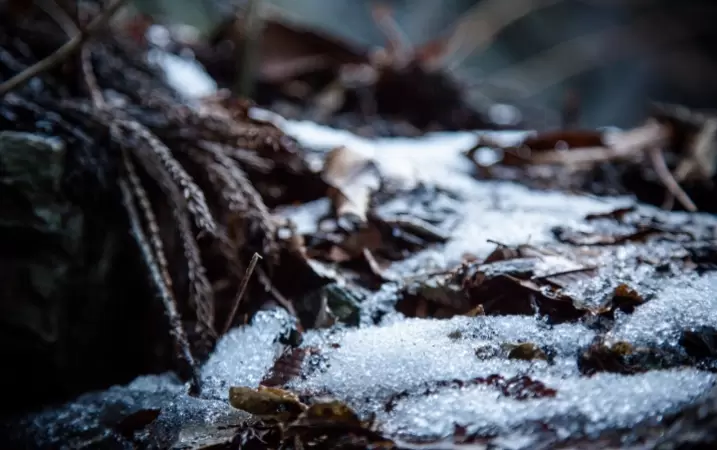

"Zokkon Water" is not heat sterilized. There are no human settlements around the water source from which Zokon Shikoku's water is drawn, so it can be provided unheated. When heat sterilized, the composition of the water changes and physiological activity is lost. Oxygen and carbon dioxide gas, which determine the taste of water, are also lost. Heating will ruin your precious water. Therefore, when choosing natural water, it is important to check that it says "unheated". In addition, rain and snowmelt water that falls in Shikoku Karst dissolves mineral components as it travels through the karst ore layer. It should be noted that it also contains mineral components such as silicon, sulfate, and vanadium.

Regarding the use of Ozu Refeel Water
How to use
"Zokkon Mizu" is available at the following four locations. Please bring your own bottle.
□ Iyo-Ozu Station Tourist Information Center
About purchasing bottles
Even if you don't have a bottle, Ozu Refeel bottles are available for sale at the four facilities listed above.
Please take this opportunity to pick it up.
□Ozu Refeel Bottle 1,980 yen (tax included)
(4 colors: clear, blue, orange, black)

Ozu City is located in the western part of Shikoku, in the region known as Nanyo, and is an area centered around the Ozu Basin, facing the Seto Inland Sea to the north and the Shikoku Mountains to the south. The clear Hijikawa River flows through the center of the city, and as its name suggests, the river curves like an elbow as it runs through the town, bringing many blessings to the city, including nature, history, culture, and local specialties. Remnants of the city's prosperity as a castle town around Ozu Castle during the Edo period still live on the banks of the Hijikawa River.
The contents on this page may partially contain automatic translation.


























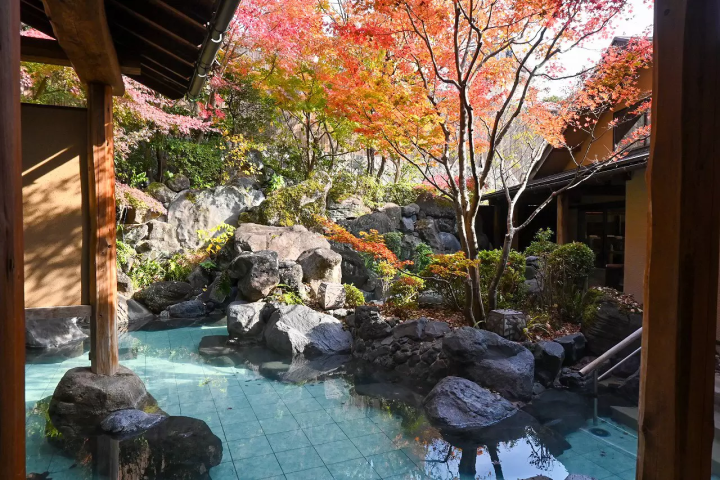
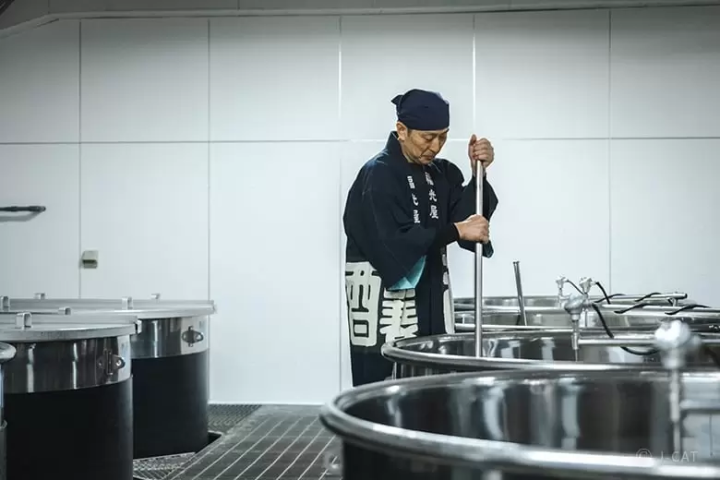
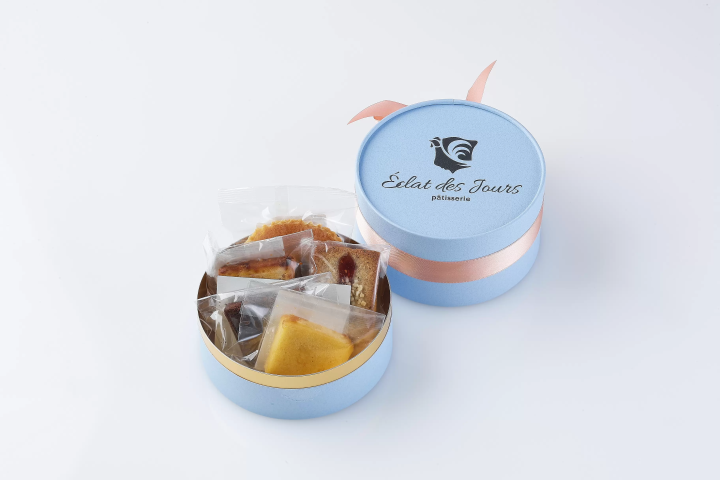
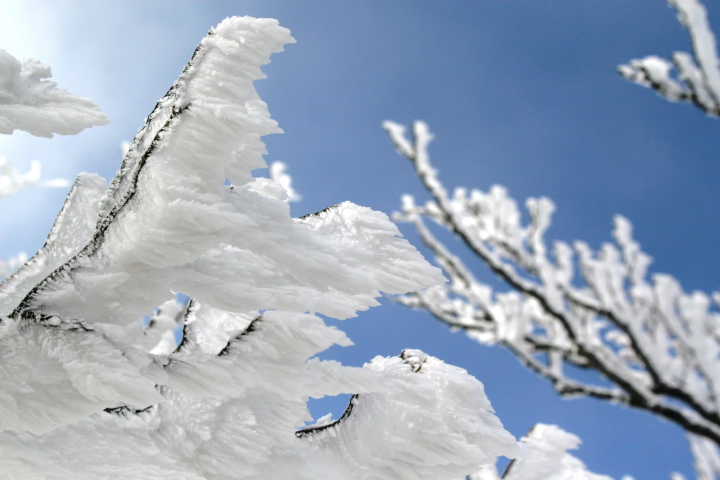
![[Latest] Complete Guide to atmos Exclusive Sneakers and Special Edition Models | Apparel and Upcoming Releases](https://resources.matcha-jp.com/resize/720x2000/2025/12/12-252706.webp)